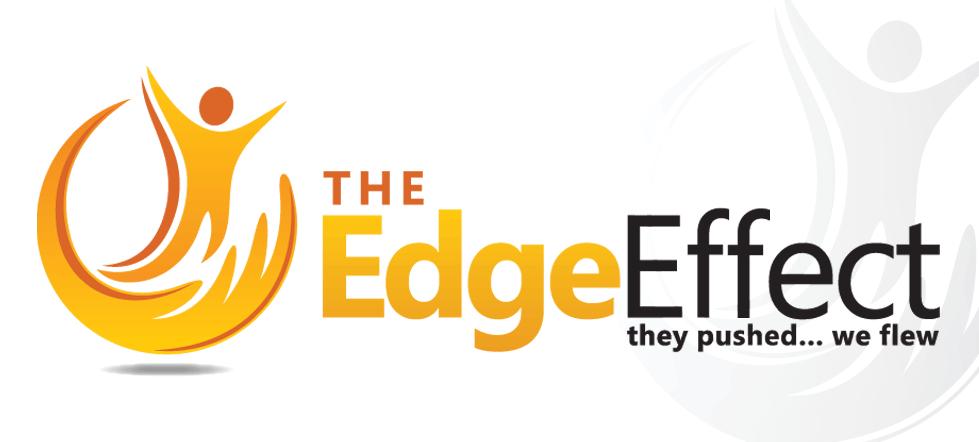Graffiti Wall Reduces Complaints, Promotes the Arts
"Taggers," as persons who perpetrate graffiti are often known, can strike with great speed and are often exceedingly difficult to apprebend. Each year they deface large expanses of public and private property, causing untold damage at the expense of businesses, local government entities and individuals.
Scanning
In early 1993, Redmond, Washington, faced a citywide graffiti problem that threatened to overwhelm the police department' s 56 commissioned officers. The 42,000 residents of this Seattle suburb were filing over 60 graffiti complaints per month (out of an average total of 1700 complaints per month). Before January 1993, the department rarely fielded calls regarding graffiti.
Newspaper editorials implying that police and local government had not been responsive to the issue, or were not equipped to handle the problem, increased the sense of urgency about implementing an effective solution.
According to the complaints, both citizens and business owners believed that gangs were `narking their turf with the graffiti. The police department established organized cleanup procedures and stepped up directed enforcement patrols in areas that had a lot of graffiti, in the hopes of finding a long-term solution to the problem. We occasionally arrested graffiti suspects. However, these strategies were not particularly effective, most likely because we did not clearly understand the origin and meaning of the graffiti, or the reason for its sudden frequent appearance.
Analysis
Officers working in the area of a popular teen social club encountered a carload of youths, one of whom had in his possession a knapsack filled with spray paint cans. From an interview with this individual and other people associated with the graffiti, officers learned of the existence of an entire underground network of people engaged in "tagging. " Officers subsequently interviewed approximately a dozen taggers and found that most of those responsible for Redmond's graffiti blight considered the vandalism a form of hiphhop art— a means of artistic and social self-expression.
During this period, Officer Bill Corson had been going through case reports of graffiti by hand, looking for information about the primary locations of the tagging, the meaning of the tagging and the identities of the perpetrators. He examined approximately 60 cases (one-half of the most recent month's incidents and a sampling of reports from prior months).
Initially, the graffiti was thought to be the work of gang members, because taggers who had been seen or identified wore loose-fitting, "sagging" clothing and behaved defiantly in public. However, in analyzing the cases, Corson found that most of the graffiti, which took the form of initialing, name writing and murals, was found only on public property, such as street signs and utility boxes. Little graffiti was found on privately owned fences, garages, cars, or other typical graffiti magnets.
In talking with the teenage taggers who had been identified, Corson learned that a body of } popular iiteinture on graffiti art existed. He went to the library , reviewed several books and maga zines on the topic and learned that non-gang-related taggers often refer to area codes in their graffiti to indicate where they live. Having worked on gang is sues in another police agency, Corson knew that gang members often refer to penal codes for such crimes as murder in their graffiti to intimidate people in the community. Based on this and' other information gained through analyzing the problem, Corson concluded that mostof the graffiti in Redmond was not being generated by gang members.
Response
Once Corson made the distinction between gang graffiti and the more innocuous tagging, he organized a meeting with the identified taggers. At the meeting, he described two different scenarios for addressing the graffiti problem. The taggers, police and other community members could work together to develop ways of addressing citizen complaints about tagging that would satisfy all interested parties; or the police could aggressively investigate and arrest taggers who defaced property. The teenagers suggested establishing a legal place to paint, in return for a tagging cease-fire.
The teenagers also offered to discourage others from illegal tagging if the city designated a public place where they could practice their art.
Corson assisted the tagging network's more outspoken repre - sentatives by making a formal request to the Redmond City Council to authorize construction of a "Hip-Hop Art Wall." The council approved the wall in late 1993. Corson and several of the taggers convinced four local businesses to donate concrete and other materials needed to construct the wall, which was erected in early May 1994.
Assessment
During the year-long effort to gain the local government's approval to construct the art wall, the department received only isolated reports of graffiti— approximately four per month. During this period, the teenagers were so enthused at the prospect of a legal art wall that they spread the word about the agreement throughout the underground population of artists in the region. The message was, "Don't tag Redmond...the city is going to give us a place to paint!" Since the wall was constructed in May, the department has received only a few complaints each month about graffiti.
In analyzing the cases, Corson found that most of the graffiti, which took the form of initialing, name writing and murals, was found only on public property, such as street signs and utility boxes.
Corson and others involved in the effort maintain ongoing communication with the taggers, whom they regularly encounter on the street and at the wall. The taggers themselves initiated a permit system for painting on the wall, under which registered taggets obtain laminated identification cards that give them access to the wall.
Chuck Krieble is a sergeant with the Redmond (WA) Police Department





